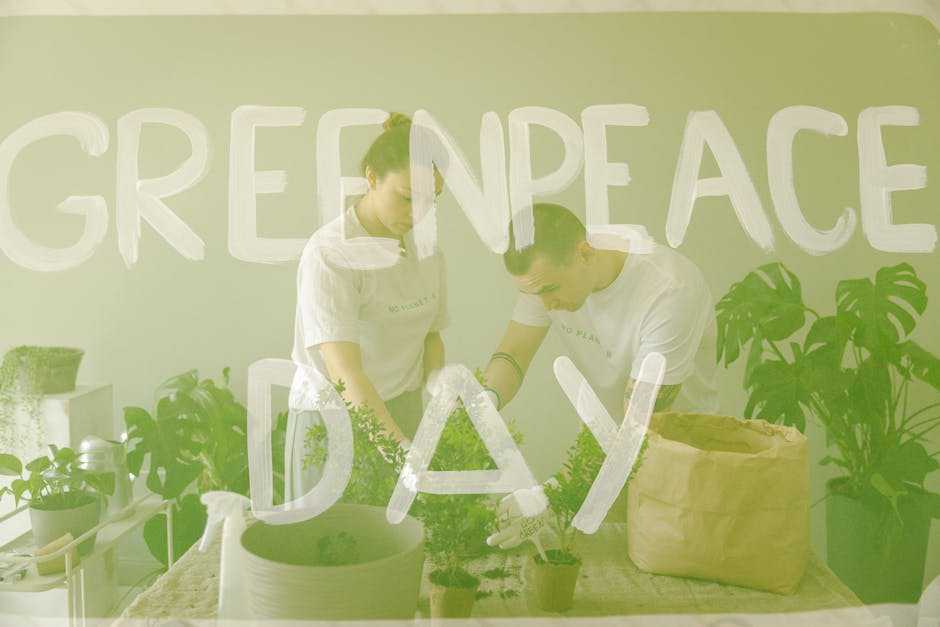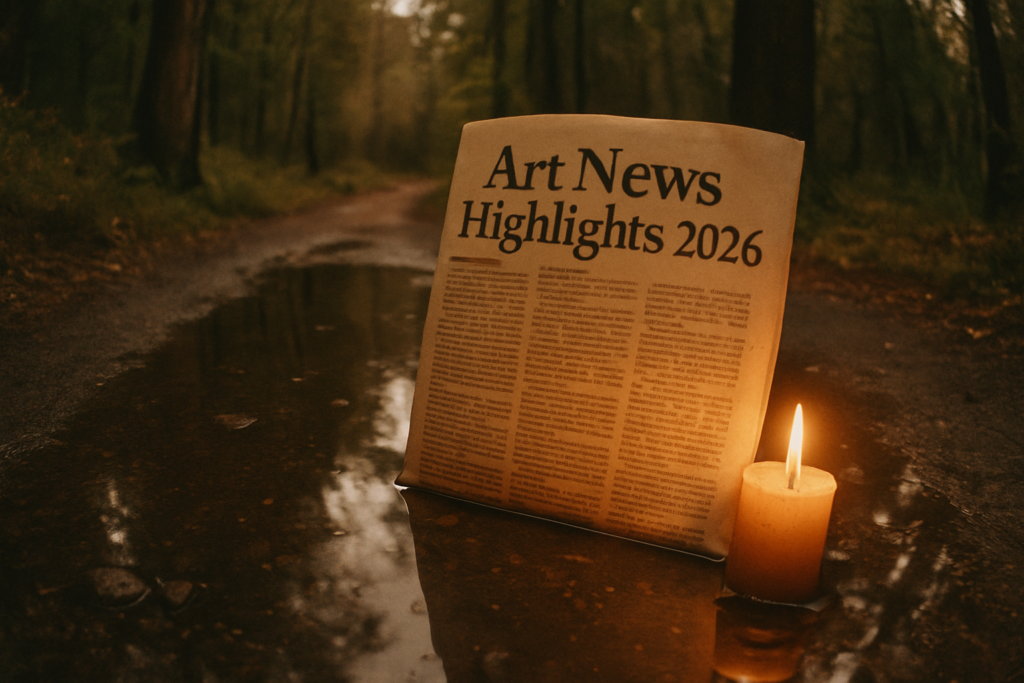Record Breaking Auctions and Market Shifts
2026 didn’t tiptoe in it came crashing through with headlines from the major auction houses. Works by emerging artists set new records, and not just by inches. These aren’t flukes or one off spikes they’re a clear signal that the definition of “blue chip” is expanding. Christie’s and Sotheby’s saw bidding wars around names that were unknown to the mainstream five years ago.
Who’s fueling this momentum? A growing community of collectors from Asia and the Middle East. These buyers aren’t just participating they’re driving. They’re young, globally minded, and increasingly influential on what the upper tier of the market looks like. Their appetite isn’t just for big Western names but for regional artists who convey a sense of place, politics, or heritage.
Meanwhile, digital isn’t just holding steady; it’s becoming the default. Hybrid auctions streamed live, bid on via app, previewed with AR are no longer the backup plan. They’re how business is done. This shift has made access broader and buyer confidence higher.
At major fairs, the vibe reflects the numbers: big sales early, collectors moving fast, conversations that mix dollar signs with long term vision. The speculative frenzy of the NFT boom has subsided, replaced by a focus on legacy, sustainability, and storytelling.
The bottom line: demand is back. It’s younger, hungrier, and more digitally fluent. Collectors want more than just investment they want alignment.
Related read: Art Market Trends: What Collectors Need to Know
Museums and Institutions Go Bold
Museums aren’t playing it safe anymore. In 2026, the biggest shows aren’t just blockbusters they’re statements. Major retrospectives are finally shining a light on artists and movements long overlooked: queer Latinx collectives, Indigenous futurists, and women in street art are getting full wings instead of cramped corners.
Collaboration is also defining the moment. Institutions in Tokyo are co organizing exhibitions with partners in Nairobi. Berlin museums are teaming up with Southeast Asian curators for new angles on colonial histories. The model is less West to rest, more peer to peer and it’s reshaping how art gets framed.
Tech is part of the push. AI guided tours adjust in real time to visitor interests. Immersive installations offer walk through timelines and responsive soundscapes. It’s not just bells and whistles it’s about making complex work accessible without watering it down.
And funding? No one’s fully stable post pandemic, but new paths are opening up. Grants focused on equity and climate justice are filling some gaps. Community based fundraising is working for smaller institutions. Leaner, smarter, and more willing to take risks this is what the new institutional boldness looks like.
Tech Meets Canvas: NFTs, AI, and Generative Art in Focus
The intersection of technology and fine art continues to evolve rapidly in 2026, with digital tools not just supplementing, but actively shaping, today’s leading artistic practices.
Stabilization in the NFT Space
After the volatility of the early 2020s, the NFT market has found more stable ground. Rather than speculative buying frenzies, there is a noticeable shift toward NFTs that provide clear value such as proof of provenance, limited edition access, and expanded utility for collectors and institutions alike.
NFTs used for digital certificates of authenticity
Platforms focus on long term value, not short term hype
Utility driven assets replacing purely collectible drops
Institutional Recognition for AI Generated Art
AI generated works are no longer confined to niche digital corners. In 2026, they are earning places in major exhibitions and even winning significant prizes. Museums and curators are recognizing not just the novelty, but the conceptual and aesthetic merit of machine assisted creativity.
AI artworks featured prominently in international biennales
Hybrid human machine collaborations celebrated in retrospectives
Academic discourse around AI’s role in authorship and interpretation
Ethical Questions Take Center Stage
As AI tools become more accessible, ethical debates are intensifying. Who owns an AI generated piece? What defines originality? Institutions are now actively developing policies, while artists themselves grapple with the implications.
Key issues include:
Copyright and authorship of machine generated work
Transparency in the creative process
Bias and representation in algorithm driven outputs
Immersive Installations Push the Medium Forward
Beyond pixels and code, tech artists are also reimagining physical space. Multi sensory installations incorporating mixed reality, custom built software, sound design, and environmental responsiveness are redefining what an ‘exhibition’ looks and feels like in 2026.
3D printed sculptures react to audience movement
Augmented reality layered onto public spaces and galleries
Artists blending code and craft to engage all five senses
As the lines blur between programmer and painter, the new wave of artists is proving that innovation and emotion can coexist and even thrive within the digital art frontier.
Sustainability Becomes a Studio Priority

Eco consciousness isn’t a side note anymore it’s baked into how many artists are working in 2026. Sculptors are favoring reclaimed metal, biodegradable resins, and locally sourced wood. Painters are moving toward natural pigments and recycled surfaces. It’s less about labels, more about process. The mindset has shifted: waste is out, intention is in.
This studio level change is echoed in galleries. More institutions are committing to carbon neutral shows, from exhibition materials to energy consumption plans. It’s becoming part of the pitch proof of a forward thinking curatorial strategy.
Artists are also using their work to put climate front and center. Themes like environmental loss, urban overdevelopment, and ecosystem resilience are showing up not just in content, but in how the work is made. Impact isn’t just about the final piece it’s in the supply chain, the storytelling, the footprint. In 2026, art with a conscience isn’t fringe. It’s the new foundation.
Redefining the Artist Collector Relationship
As the art market continues to evolve in 2026, one of the most significant shifts is the way artists and collectors connect, communicate, and transact. Technology, decentralization, and social platforms are driving change in favor of more autonomy and deeper engagement on both sides.
Direct to Collector Platforms Gain Momentum
New digital platforms are empowering artists to bypass traditional gatekeepers and sell directly to collectors. These tools offer greater revenue transparency and forge more meaningful connections between creators and buyers.
Artists are building their own followings and audiences
Fractional art ownership is allowing wider access to high value works
Platforms focus on equitable royalties and creator first contracts
Creative Control Through Artist Co Ops
More artists are teaming up to form collectives and cooperatives that protect their work, share costs, and present unified voices in the market. These self organized groups provide a powerful alternative to the gallery model.
Co ops offer shared marketing and exhibition opportunities
Members can negotiate licensing and partnerships collectively
Encourages collective decision making and long term ownership
Social Media as the New Gallery Wall
Social platforms are no longer just tools for visibility they’re central hubs for transactions, community, and curatorial dialogue. Instead of waiting for institutional recognition, artists are using these channels to shape their own narratives and reach collectors directly.
Instagram, TikTok, and Threads serve as portfolios and marketplaces
Collectors follow creators in real time, influencing buying behavior
Artists share work in progress, reinforcing transparency and value
Learn More
For deeper insights into evolving buying patterns and collector behavior, revisit: Art Market Trends: What Collectors Need to Know
Watchlist: Names, Movements, and Regions to Follow
2026 is not about the usual suspects it’s about the unexpected breakthroughs. A new wave of artists is punching through the noise, and they’re not necessarily coming from New York, London, or Berlin. From Lagos to Seoul to Bogotá, these creative hubs are producing work that’s fearless, unpolished, and resonating globally. The world is finally catching up to what’s been simmering locally for a while.
Lagos, Nigeria, is stepping into its own on the international stage. Artists like Uche Okeke II and Fola Durojaiye are weaving ancestral stories with modern techniques, creating pieces that hit hard both visually and politically. Seoul continues to lead the curve in hybrid media think generative design cross pollinated with traditional brushwork. Bogotá’s rising talents are infusing urban decay and political tension into stark, sculptural forms that reject polish but not purpose.
What we’re also seeing: new mediums pulling focus. Artists are experimenting with recycled biomaterials, AI as collaborative tool rather than gimmick, and sonic sculpture works meant to be heard as much as seen. Themes around migration, digital overload, and ecological collapse dominate, often tackled with a mix of hyperlocal detail and universal tone.
The future of the art world isn’t about who’s painting what in Chelsea. It’s who’s willing to take risks in places the art market used to overlook. That’s where the story is now.


 Harriet Bellvovy, the visionary founder of Innov Art Foundry, has cultivated a platform that seamlessly bridges the traditional and modern aspects of the art world. Under her leadership, Innov Art Foundry has become a hub for the latest art news, keeping enthusiasts and professionals alike informed about significant exhibitions, breakthroughs, and emerging trends. Her commitment to fostering a vibrant art community is evident in the platform's comprehensive coverage, ensuring that artists and art lovers are always at the forefront of the dynamic landscape.
In addition to art news, Harriet Bellvovy has expanded Innov Art Foundry's focus to include art entrepreneurship, providing valuable insights for artists aspiring to turn their creative passions into thriving businesses. Her dedication to exploring diverse forms of artistic expression is further showcased in the platform's deep dive into tattoo art and the transformative role of virtual reality in the art world. Harriet's innovative approach continues to inspire and empower a new generation of artists, making Innov Art Foundry a vital resource in the contemporary art scene.
Harriet Bellvovy, the visionary founder of Innov Art Foundry, has cultivated a platform that seamlessly bridges the traditional and modern aspects of the art world. Under her leadership, Innov Art Foundry has become a hub for the latest art news, keeping enthusiasts and professionals alike informed about significant exhibitions, breakthroughs, and emerging trends. Her commitment to fostering a vibrant art community is evident in the platform's comprehensive coverage, ensuring that artists and art lovers are always at the forefront of the dynamic landscape.
In addition to art news, Harriet Bellvovy has expanded Innov Art Foundry's focus to include art entrepreneurship, providing valuable insights for artists aspiring to turn their creative passions into thriving businesses. Her dedication to exploring diverse forms of artistic expression is further showcased in the platform's deep dive into tattoo art and the transformative role of virtual reality in the art world. Harriet's innovative approach continues to inspire and empower a new generation of artists, making Innov Art Foundry a vital resource in the contemporary art scene.